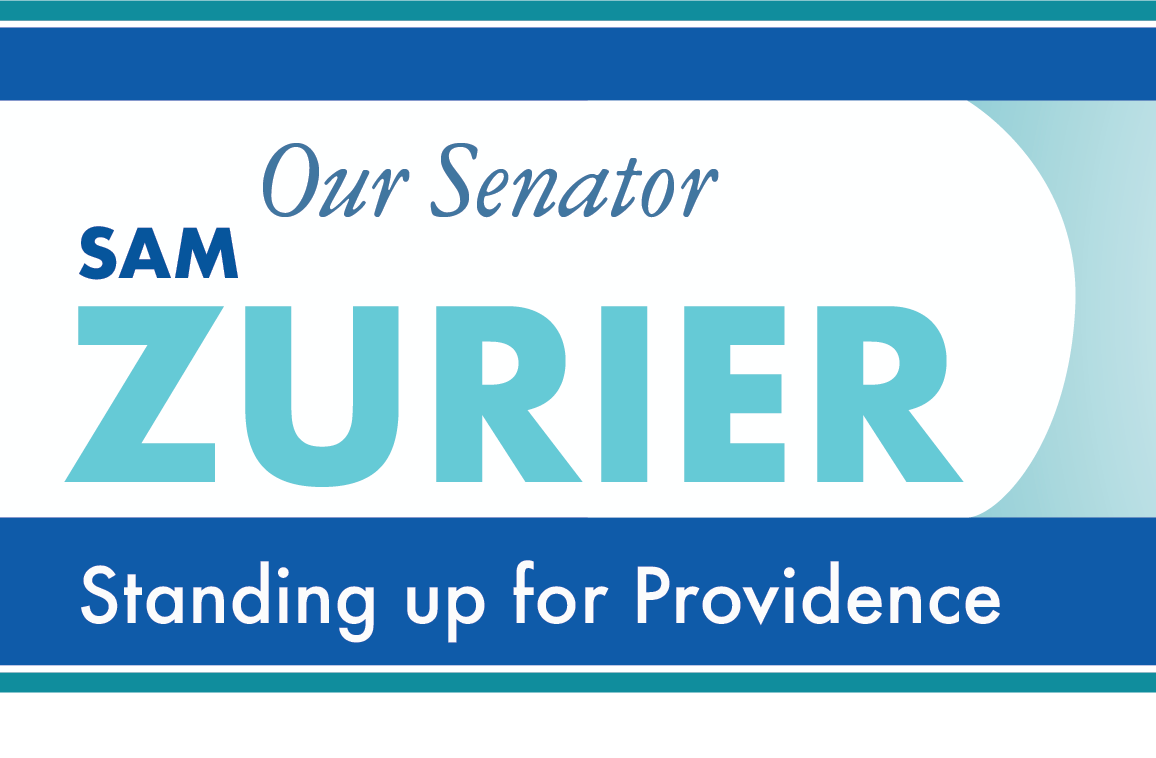Dear Neighbors:
As Congressional gridlock pushes our nation’s economy towards a cliff, our State House officials are negotiating Rhode Island’s budget, which we expect the House Finance Committee to present in the next few weeks. This week’s letter will discuss a recent presentation from the new Department of Housing in the context of the State’s efforts to address longstanding shortages of this critical resource.
A. The 2022 Commitment of Federal Pandemic Relief Funds
As noted in my letters of January 16, 2022 and May 15, 2022, the State identified housing as a priority for the federal pandemic relief funds, committing $250 million for this purpose. Last year, the Governor appointed Josh Saal as assistant secretary for housing within the Commerce Department. At an April 7, 2022 hearing, Mr. Saal acknowledged that the key elements of the State’s plans to spend the $250 million were not yet in place, partly because the State did not have an existing overall plan to address the housing shortage. He stated that he intended to prepare such a plan during the coming year.
B. The Unmet Need for Planning
Last fall, Mr. Saal left State government. A few months later, Governor McKee appointed Stefan Pryor as Secretary of a new free-standing Department of Housing. When Secretary Pryor presented the new Department’s budget to the Finance Committee last week, he identified the need to develop a Statewide housing plan. He said he needed at least a year to complete it. When I asked whether Mr. Saal had made any progress on such a plan, Secretary Pryor stated that the previous work was limited to ideas about spending the $250 million without developing sufficient context around it. As Benjamin Franklin famously said, “If you fail to plan, you are planning to fail.”
C. Available Federal Subsidies
The Governor’s federal budget includes $90 million to subsidize the development of 600 low income housing units, a subsidy per housing unit of $150,000. As I noted in my May 15, 2022 letter, State grants for low income housing can be leveraged with a transferrable federal tax credit (with the acronym LIHTC) that can pay for 30% of the cost if certain requirements are met, including the expenditure of State funds. Unfortunately, the Governor’s budget used $90 million of federal funds, even though the budget had a surplus of over $600 million of State funds. I advocated last year (unsuccessfully) to fund the low-income housing program with State funds and to transfer other State expenditures into the federal budget. (The federal guidelines are sufficiently flexible to allow such a re-designation of certain State programs.) Because of these budgetary decisions (and others before them), Rhode Island has not made sufficient use of the LIHTC program to spur the development of low income housing. We will need to commit general revenue funds for this purpose in the future if we wish to make any meaningful progress in addressing the State’s housing shortage.
D. The Scale of Our Housing Shortage
At the hearing, Secretary Pryor confirmed that the housing plan will include a full assessment of the State’s housing shortage (which spans the spectrum from market rate housing, to worker housing, to low income housing, to shelter for people experiencing homelessness), benchmarks and goals to reach, and plans to achieve those benchmarks and goals. Because, for example, the shortage of low income housing exceeds 5,000 units, and the current budget for a State subsidy per unit is $150,000 (making for a total of $750 million, though this could be reduced to around $500 million if State, rather than federal funds are used), the State will need a significant commitment of resources to address this issue, as well as the enactment of other reforms to reduce the current, excessive regulatory burdens that limit housing development.
E. Recent Initiatives and Conclusion
Last week, the Governor announced two budget amendments to allocate an additional $29 million of federal funds to support housing development, which no doubt can be helpful if invested as part of a well-planned program, though perhaps less effectively than the same amount of state funds. With that said, we will need to make a long-term and substantial commitment of state-level funds to “unlock” the additional support available under federal programs.
